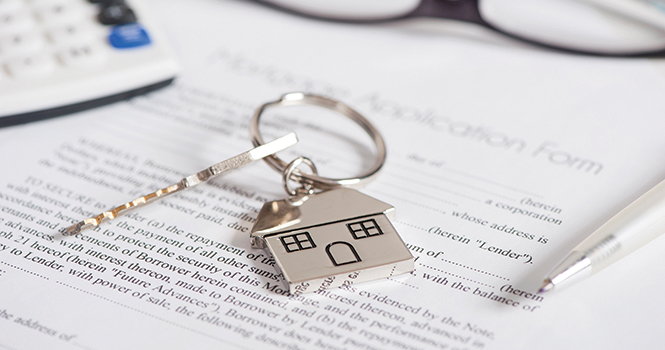For the first time in history, the United States elected a president without any political or military experience. For some, this means a promising departure from the status quo and the rapidly increasing feelings of disenfranchisement from our political system. For others, a Trump presidency encourages apprehension, as his directives are considerably less predictable than those of a seasoned politician. The actuality of a Trump Administration still prompts more questions than clear policy directives; however, the new president’s lifelong career as a builder and real estate investor could provide some fresh prospects for a growing, but fragile, housing industry. While fumbling GSE reform or following through on his promise for mass deportations would cause major setbacks to the housing market, below are where some of the best opportunities might exist.
Housing Supply
Trump likes to build things, and if you ask 100 real estate agents from around the country what is the one thing that would help them sell more homes, the most common answer would be increasing available housing inventory, especially in the affordable price ranges. The home-building industry was nearly decimated during the housing crisis. New-home construction was almost non-existent between 2008 and 2013. During that same period of time, the country added nearly five million new households. The net result of this shortage of housing supply has been a sharp increase in home prices and an equally sharp decrease in affordability, leaving millions of would-be homeowners on the sidelines.
This has proven to be a difficult problem to solve, as rising construction costs and an increasingly complicated regulatory environment have made the business prospect for the construction of affordable homes unviable in many markets. The Trump Administration could, by providing supply-side solutions to our housing inventory challenges, inject a powerful boost to the industry and go a long way toward reversing the trend of decreasing homeownership rates across the country.
Financial Regulations
Members of the new administration have promised, and have already begun, an overhaul of our financial regulations. Many leaders in the housing finance industry, regardless of their political leanings, believe the market would benefit by some selective regulatory relief. While nobody wants a return to the irresponsible lending that proliferated in the last decade, pulling back on a few regulatory levers would stimulate demand, especially in a number of markets where an increase in qualified buyers is most needed.
Consumer Confidence
In the years following the Great Recession, many would-be homebuyers have been understandably cautious to leap back into the housing market. This has been especially true for our minority and millennial populations, whose introductions to the housing market were likely during the worst market conditions in a century. While the shortage of housing inventory has made this issue less noticeable, as the market continues to normalize, a shortage of buyers will become more problematic.
The new president could help improve this perspective by using his formidable promotional talents to advise the country that it is safe to get back into the housing market, and that purchasing a home is still one of the best ways to build wealth and improve your quality of life. Because purchasing a home is as much about emotion as anything else, one of the best things our new commander-in-chief can do for the housing industry is to also be the “cheerleader-in-chief” for buying a home. Given that housing represents about 16 percent of our overall economy, President Trump should have the appropriate motivation to do exactly that.
Gary Acosta is co-founder and CEO of the National Association of Hispanic Real Estate Professionals (NAHREP) and co-founder of The Mortgage Collaborative.
For more information, please visit www.nahrep.org.
For the latest real estate news and trends, bookmark RISMedia.com.











